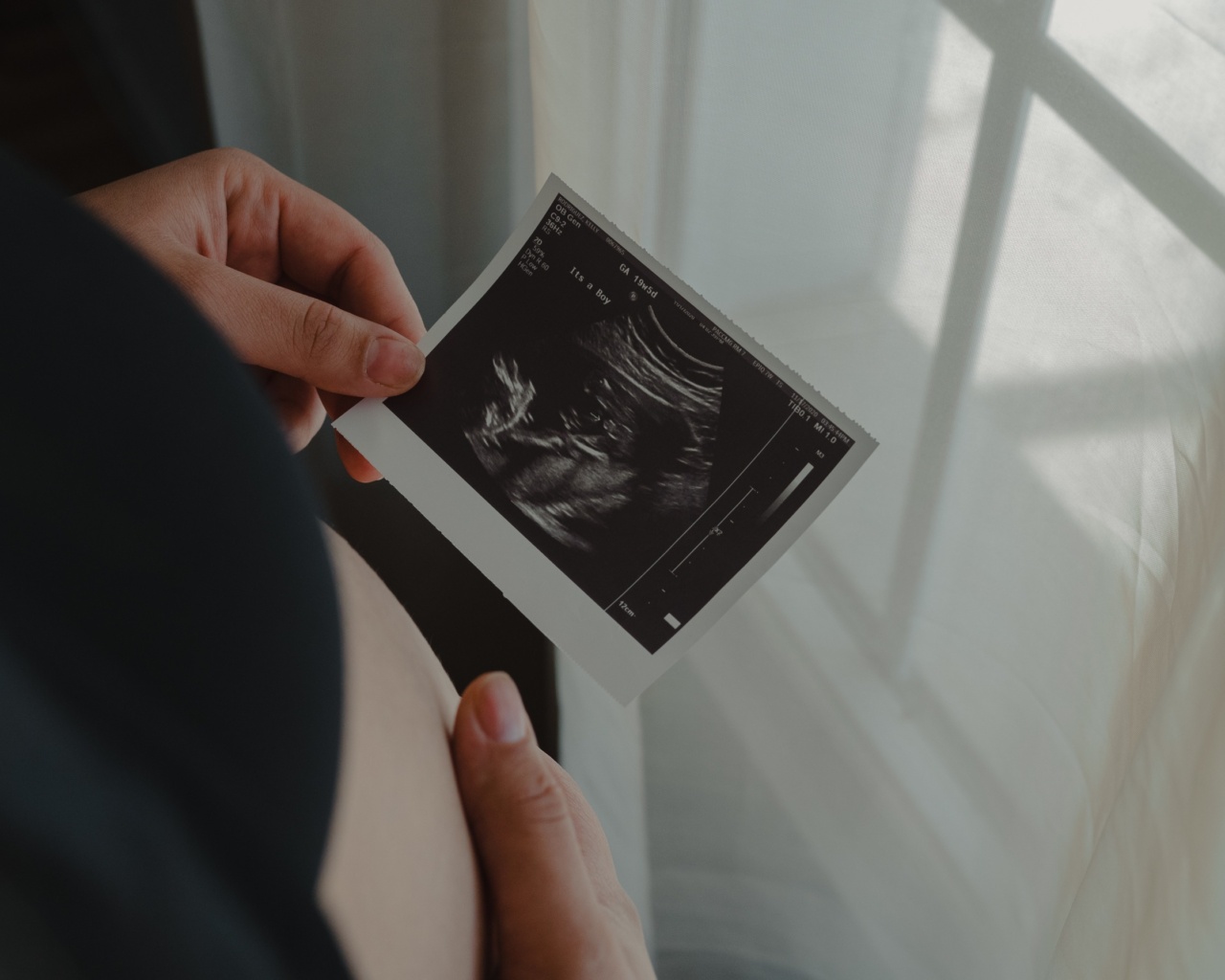The prenatal period is a crucial time for a fetus to develop and grow in the mother’s womb. In the final weeks leading up to delivery, the fetus is fully formed and ready to make its grand entrance into the world.
However, there are several hazards that the fetus may encounter near birth, which can have detrimental effects on its health and development. This article examines some of the hazards faced by the fetus in the final stages of pregnancy and delivery, and discusses their potential impact on the child’s health.
Preterm Labor
Preterm labor and premature birth are a major concern during the final weeks of pregnancy. Preterm labor refers to spontaneous onset of labor before the 37th week of pregnancy.
In some cases, preterm labor cannot be prevented or delayed, and the baby is born prematurely. Babies born prematurely may face a host of health problems, including respiratory distress syndrome, jaundice, and infections. Premature babies may also have developmental delays, such as learning disabilities and vision and hearing problems.
Meconium Aspiration Syndrome
Meconium aspiration syndrome (MAS) is a condition that occurs when a baby inhales meconium (the baby’s first bowel movement) into its lungs before, during, or shortly after birth.
MAS can cause breathing difficulties and may lead to pneumonia or even chronic lung disease. This condition is more common in babies who have experienced fetal distress, such as those who were in distress during labor or those who are born prematurely.
MAS can be prevented by identifying and treating maternal risk factors, such as hypertension and diabetes, and by closely monitoring the baby’s heart rate during labor.
Birth Injuries
Birth injuries can occur during labor and delivery. These injuries may affect the baby’s head, neck, or shoulders.
For example, a doctor may use forceps or a vacuum extractor to help deliver the baby, which may result in bruising, lacerations, or even skull fractures. In some cases, the baby may experience nerve damage, which can result in a condition called Erb’s palsy. Fortunately, most birth injuries are mild and resolve on their own within a few days or weeks.
However, severe injuries may require medical intervention or long-term care.
Anoxia
Anoxia refers to a lack of oxygen to the baby’s brain during labor and delivery. This can occur if the umbilical cord is compressed or twisted, or if the baby’s blood supply is compromised in any way.
Anoxia can cause brain damage and may result in cerebral palsy, a group of disorders that affect movement and coordination. If anoxia is suspected, the baby may need to be delivered quickly via C-section to prevent further damage.
Placental Abnormalities
The placenta is a temporary organ that forms during pregnancy and provides nutrients and oxygen to the baby. Placental abnormalities, such as placenta previa and placental abruption, can occur near birth.
Placenta previa refers to a condition in which the placenta covers the cervix, which can lead to bleeding and premature labor. Placental abruption occurs when the placenta detaches from the uterus before delivery, which can result in bleeding and fetal distress. Both conditions require immediate medical attention to ensure the safety of the mother and baby.
Infection
Infection is a risk during labor and delivery, as the baby is exposed to bacteria as it passes through the birth canal or as medical instruments are used during delivery.
Infection can cause a variety of symptoms, such as fever, difficulty breathing, and lethargy. Babies born with infections may require antibiotics or other treatments to prevent the infection from spreading. In severe cases, infection can lead to sepsis or meningitis, which can be life-threatening.
Hypoglycemia
Hypoglycemia refers to low blood sugar levels in the baby. This can occur if the mother has gestational diabetes or if the baby experiences a difficult delivery.
Hypoglycemia can cause a variety of symptoms, such as difficulty feeding, irritability, and seizures. If left untreated, hypoglycemia can lead to brain damage. Babies with hypoglycemia may need frequent feedings or IV fluids to maintain normal blood sugar levels.
Judicious Use of Medical Intervention
Many of the hazards faced by fetuses near birth are preventable or manageable with judicious use of medical intervention.
For example, monitoring the baby’s heart rate during labor can identify fetal distress and allow for timely interventions to prevent harm to the baby. Using alternatives to forceps or vacuum extractors, such as cesarean delivery, can reduce the risk of birth injuries.
Ensuring that the mother receives appropriate treatment for conditions such as diabetes and hypertension can help prevent meconium aspiration syndrome and other complications.
Conclusion
The final stages of pregnancy and delivery are a critical time for the fetus. There are several hazards that the fetus may encounter near birth, which can have detrimental effects on its health and development.
By carefully monitoring the mother and baby, using appropriate medical interventions when necessary, and providing timely care, many of these hazards can be prevented or managed, ensuring a healthy start to life for the newborn.































